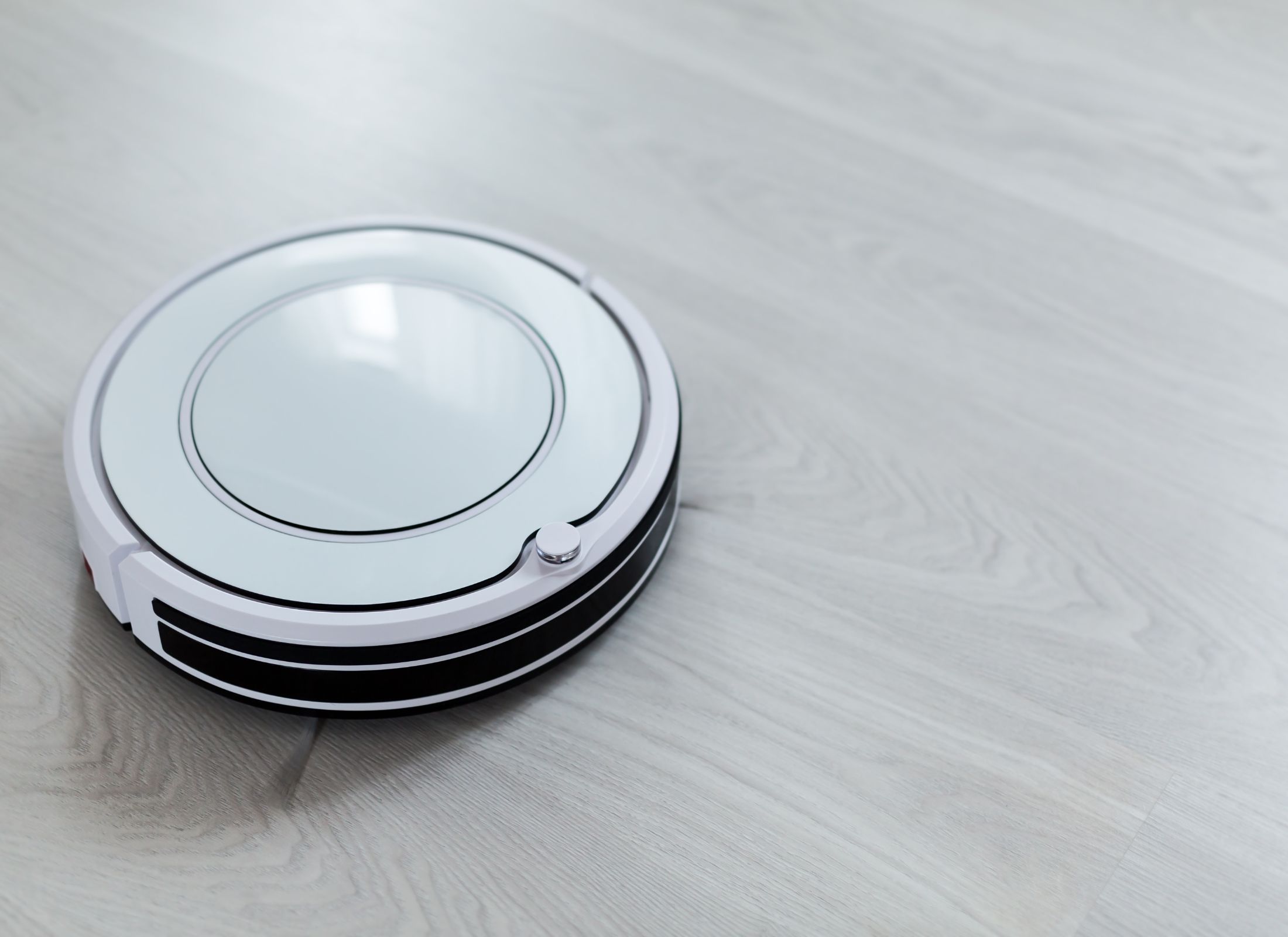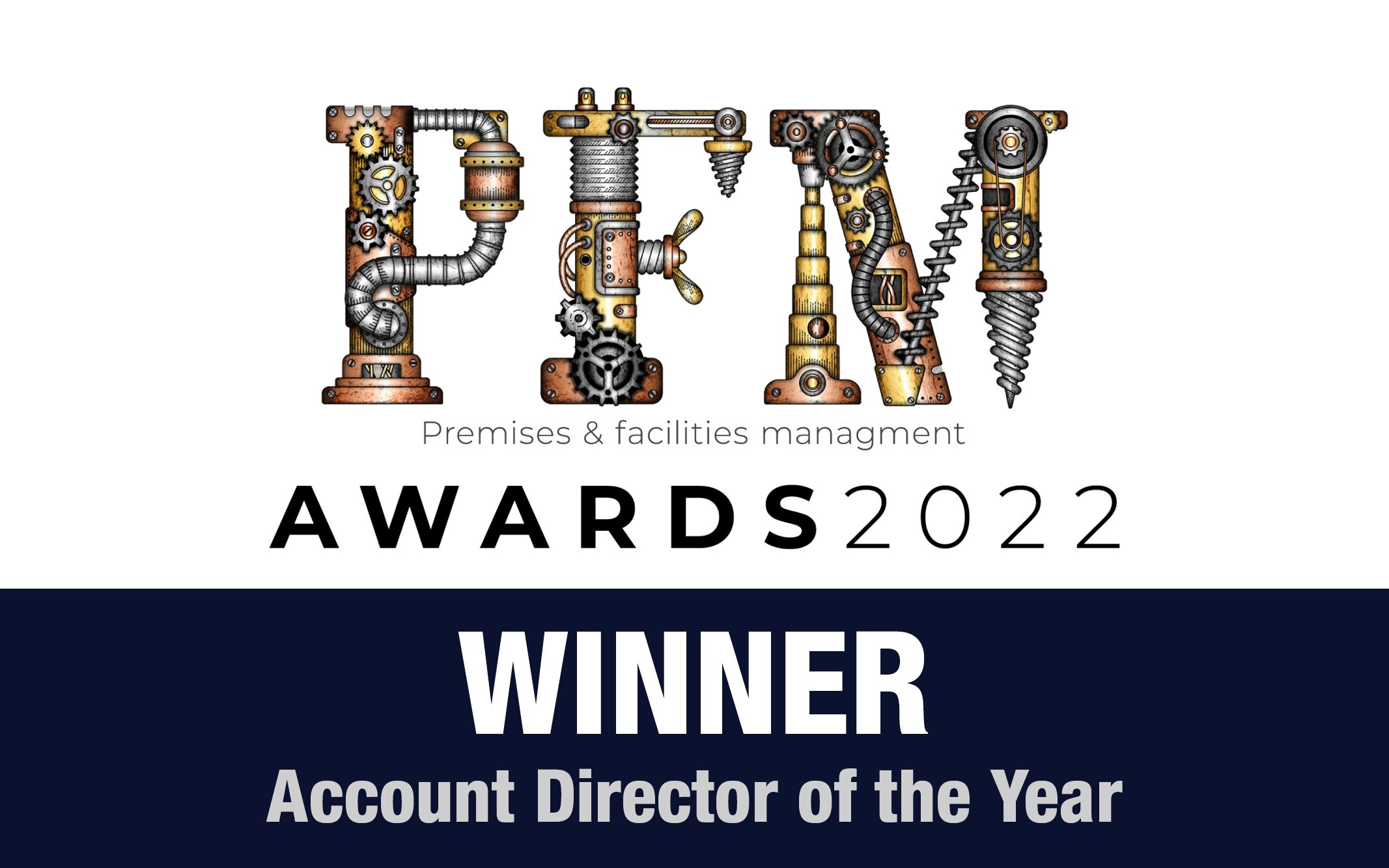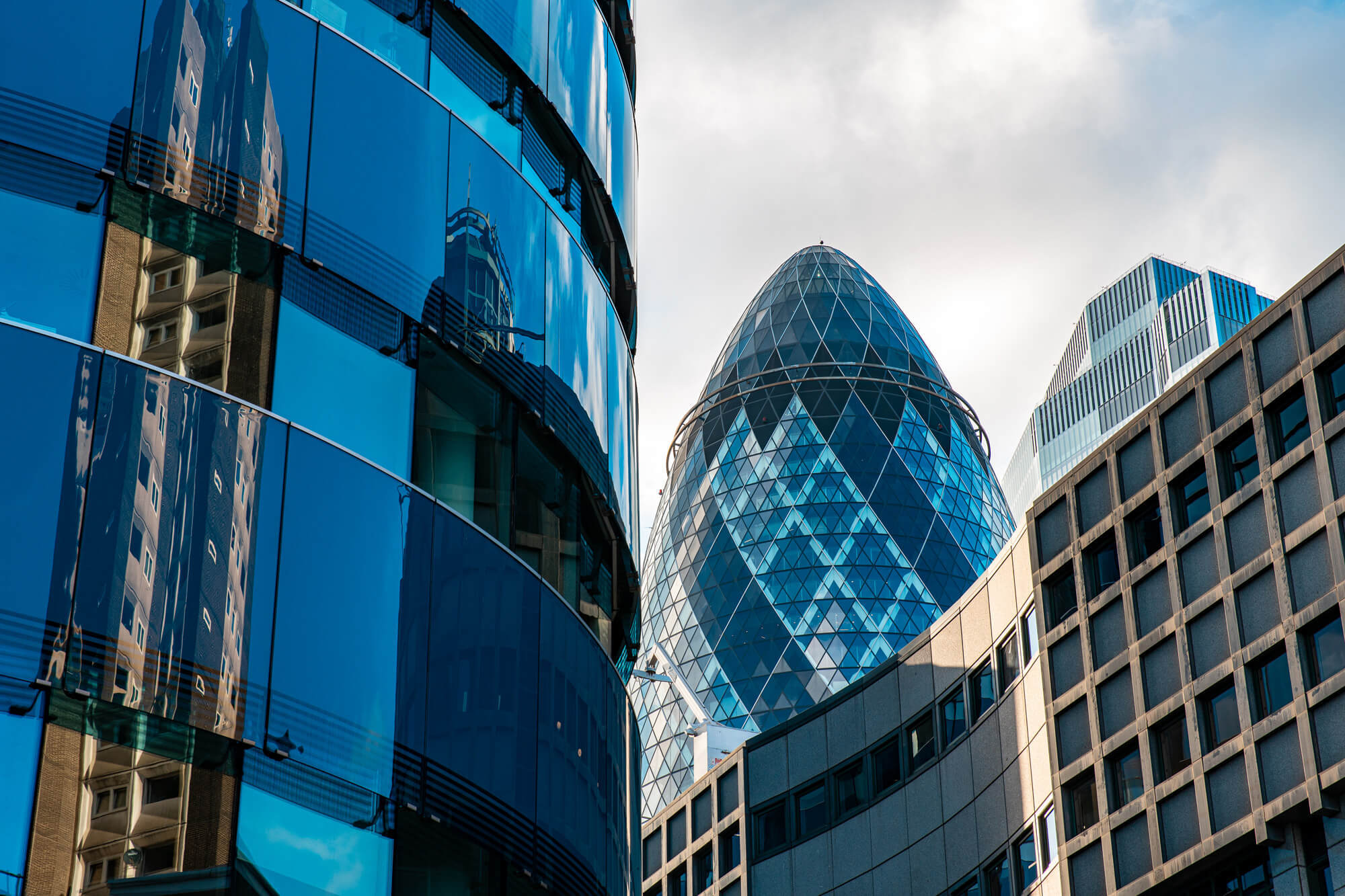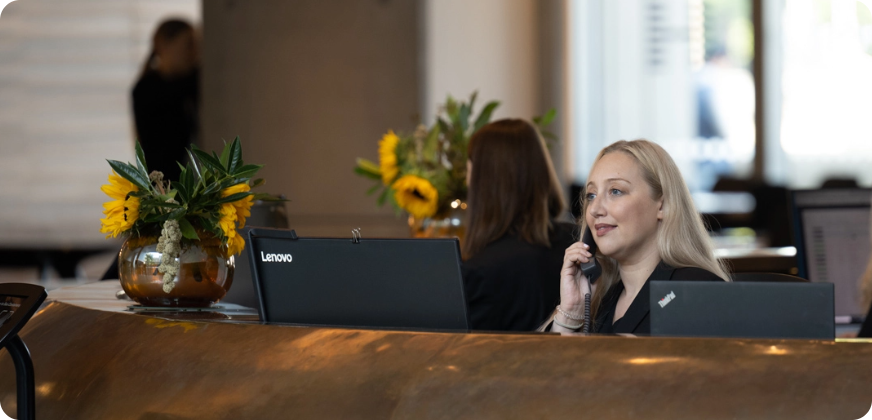





 Building & Fabric Maintenance
Building & Fabric Maintenance

 Mechanical & Electrical Maintenance
Mechanical & Electrical Maintenance



 Events & Lifestyle Services
Events & Lifestyle Services

 Logistics & Office Services
Logistics & Office Services

 Security
Security

 Catering
Catering

 Cleaning & Environmental
Cleaning & Environmental







Small Decencies


Boutique FM


Fully Engaged


Brilliant Basics


Great Experiences


FM Technology


Great People


Advocacy


Right size, Right fit


Promises Delivered





September 2, 2022
Invented in the mid-nineties by J. Edward Colgate and Michael Peshkin, collaborative robotics are designed for direct human-robot interactions within a shared space. While a robot is an autonomous machine able to perform tasks without human control, cobots carry a level of programmed artificial intelligence allowing them to perform tasks in collaboration with humans, acting as aids, not replacements and the potential benefits that cobots hold are significant.
They still need us
The first thing to understand about cobots is that they cannot function without human input. To activate, cobots require careful initial programming via a series of sensors which tell the bot where to go and how to operate. The specific working area must be analysed and a path through it must be created.
Added to this, keeping the device fit for use requires maintenance by cleaning operatives who are also responsible for managing data collected by the cobot on its route.
Cobots hold great potential for adding value to service delivery and improving working conditions for cleaners. By taking the 30-40% of mundane, repetitive tasks associated with cleaning operations, cobots contribute to an overall improvement to health and safety.
By deploying cobots to take care of these high-level operations, cleaners have increased capacity to focus on more detailed cleaning that requires human precision and dexterity. The result is a time saver for cleaning operatives which provides the ideal opportunity for technical upskilling.
Compatibility is everything
In the right environment, cobots can significantly improve efficiencies. It is important, however, to ensure the device’s compatibility for use in each unique environment. Careful set up is critical to their productivity and their specifications need to be reviewed to ensure the cobot can navigate the space and perform the cleaning operations safely and efficiently.
Scrubber-dryer or vacuum cleaning cobots are ideal for large events halls, for example, that are emptied after use and free of obstacles. Large boardrooms, reception areas and corridors can also be suitable spaces for cobots to work. They’re best suited to spacious, open plan areas free from clutter which can present obstacles to the robot’s sensors and wayfinding capabilities.
There are, however, restrictions on where cobots can carry out cleaning effectively. Spaces with lots of furniture, such as desks with chairs sticking out, pose a problem, and in their current specification level, buildings with small areas or lots of doorways can prove counterproductive; auto navigation can be difficult in confined spaces but their ability to navigate spaces will improve over time.
Shared responsibilities
Depending on the cobot’s specification and capability, activities can be split between the cobot and cleaner. The cobot’s sensors gather extensive data throughout their tasks, meaning operatives will need to be upskilled to be able to process and manage this information. But this relationship is not restricted to cleaning teams. Security teams, for example, can be trained to operate cobots during the evening when sites are unoccupied; cobots can patrol and monitor sites without risk to officers.
So with cobots eliminating the need for cleaners to fulfil the mundane jobs, cleaners can prioritise areas that bring value to their service. They can focus on making sure areas are Covid secure, for example, or pay more attention to monitoring air quality. The combined efforts of cobot and operative then result in a cleaner healthier space overall.
Good for us. Good for the planet.
And it doesn’t end there – cobots also help to address environmental considerations. Cobots aid facilities managers to better control use of consumables. Owing to their precise programming and operations, cobots drive down waste and reduce plastic and water consumption, all of which contributes to a greener, more sustainable environment.
With the move to smart buildings that integrate sensors and apps, the future of cleaning will be much more on-demand and congruent to how the workplace is actually used, resulting in greater efficiencies. Other technologies, like sensors, specialised apps and electrostatic spraying can be used to automate cleaning operations bringing added benefit to cleaning staff’s role and adding measurable benefits to FM services.



















